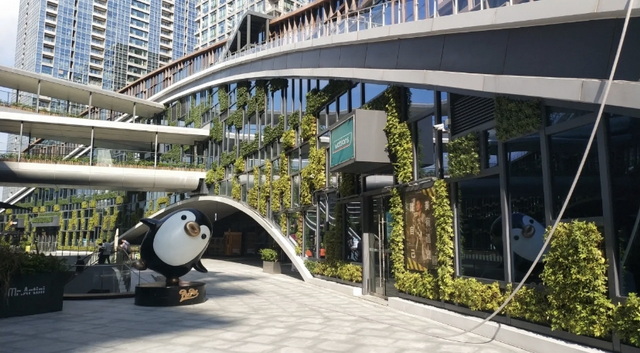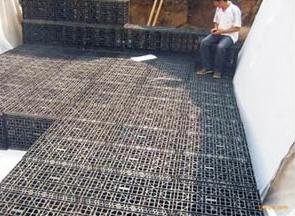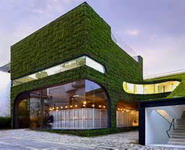Green Living History

Old warehouses, churches, factories and other large buildings have been repurposed as new apartments for years. This isn’t something new. But, as we seem to be getting more abandoned industrial buildings and structures, we need better, practical ideas to keep reusing these old places in new ways.
Sustainable buildings and adaptive reuse is the key to repurposing abandoned buildings.
So far the best use I have seen for a repurposed abandoned building was making it a home for birds. This sounds like just any abandoned building as animals and plants do make their way inside and hanging around outside naturally, without any help. But, in the case of the building being repurposed they had taken the trouble of making it a place for native species of birds to be a breeding colony. Then people collect the feathers, down and guano for fertilizer.
Lately, I read a post by Cory Doctorow about an artist colony being created in Detroit where the homes are very derelict and very cheap to pick up from the bank. The artists have begun living off the grid in these old buildings, written off by everyone else. This is such a great way to give new life to the old places.
I started looking into other ways and means of reusing abandoned places. I found industrial water towers which had been repurposed as new homes. I read about an abandoned hospital being turned into a new theatre. A good idea for taking advantage of all that space and likely available parking too. I found old airplanes, boats and big ships turned into homes. I also like the idea of abandoned buildings being turned into libraries and other places which the whole city or town can use.
Artists are turning abandoned structures into modern art. Nice but not so practical as they will eventually need to be kept up or repurposed again. Also, most of them will still be empty and still attract local wildlife which may not be welcome in urban areas.
Turning Abandoned Buildings into Homes for the Homeless is Not so Easy
The idea of taking abandoned buildings in the city and reusing them for the homeless is not new. People think it’s a great solution to using an abandoned place. However, it isn’t so practical or easily done.
One problem is the ‘not in my backyard’ phenomenon. Not everyone is eager for a gathering of homeless people to be brought into their area of the city or town. An abandoned building will attract rodents, birds and other wildlife and, of course, weeds. It may also be a danger as it begins weathering and falling apart. But, that could still seem preferable to bringing in people who could be unpredictable, needy and desperate.
Another problem is funding for this kind of project. The building needs to be renovated and brought up to modern building codes for the plumbing and electrical wiring. These are not light expenses, especially when you factor in the labour to get all of this done.
Where does the money come from for something like this? Even if the city/ government takes on the project the money comes from the local area through taxes.
One other thing, the building owner may not want to sell or give up control of the land the building is on. Just because a building is vacant and empty does not mean no one owns that building. As long as the owner is paying the taxes they own that place. Never assume no one owns a building just because it’s empty, falling apart and abandoned.
A real estate investor and land developer could hold onto a property for many years before doing anything with it. They may need to pay insurance on a ruined building but that could be less hassle and expense than turning it into a usable space and dealing with laws, taxes, more insurance and tenants too.
Something else which comes into the mix of problems is historical preservation. In order to renovate a building which has been given historical significance you need to stick to specific guidelines and use real historical materials and parts while adhering to modern construction and building codes. This is not so easily done, as I know from personal experience (my brother buys, fixes and rents/ sells old, sometimes derelict, homes).










